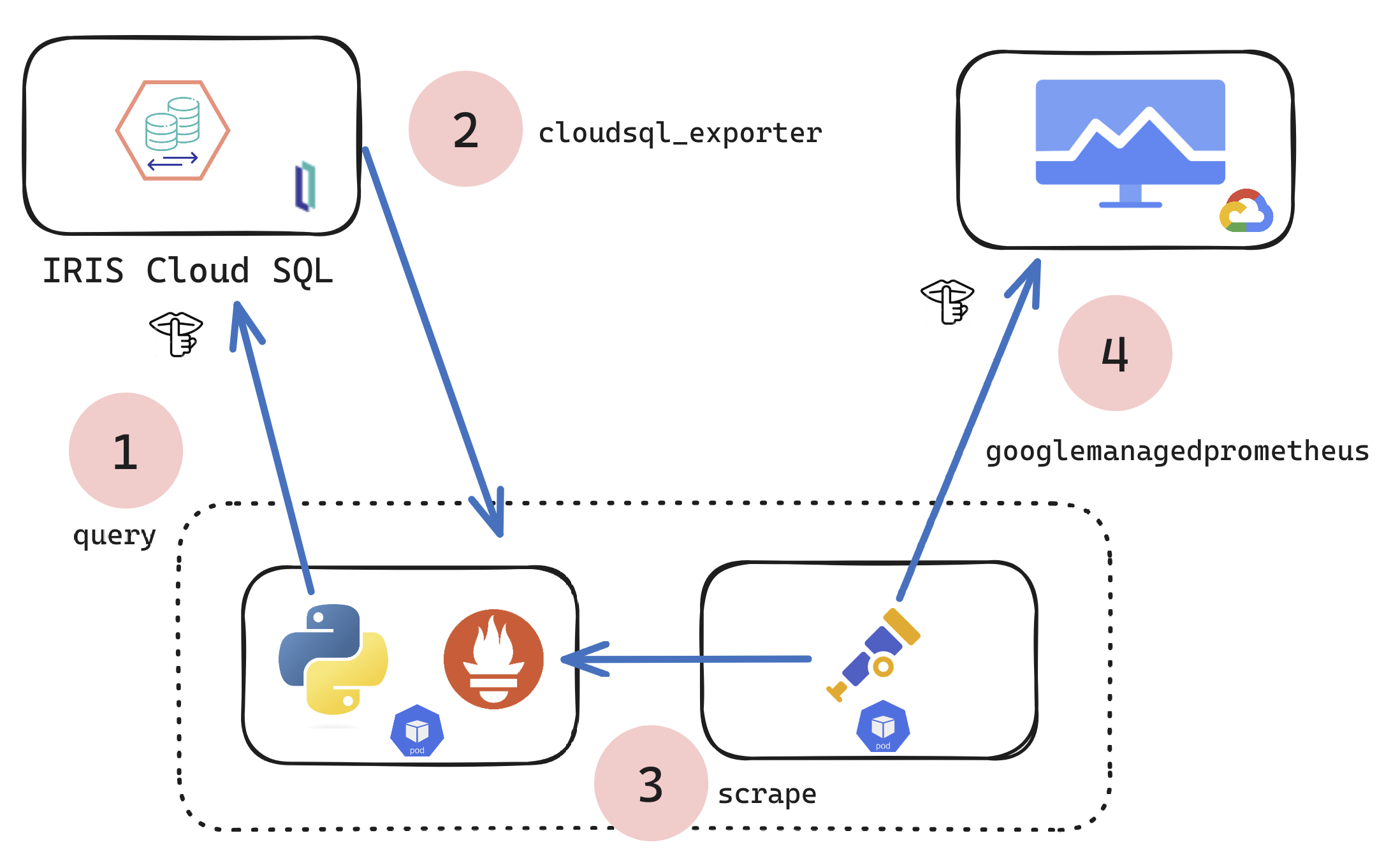An experiment on how to use the LangChain framework, IRIS Vector Search, and LLMs to generate IRIS-compatible SQL from user prompts.
This article was based in this notebook. You can run it with a ready to use environment with this application in OpenExchange.
Setup
First, we need to install the necessary libraries:


 (*)
(*)
.png)